
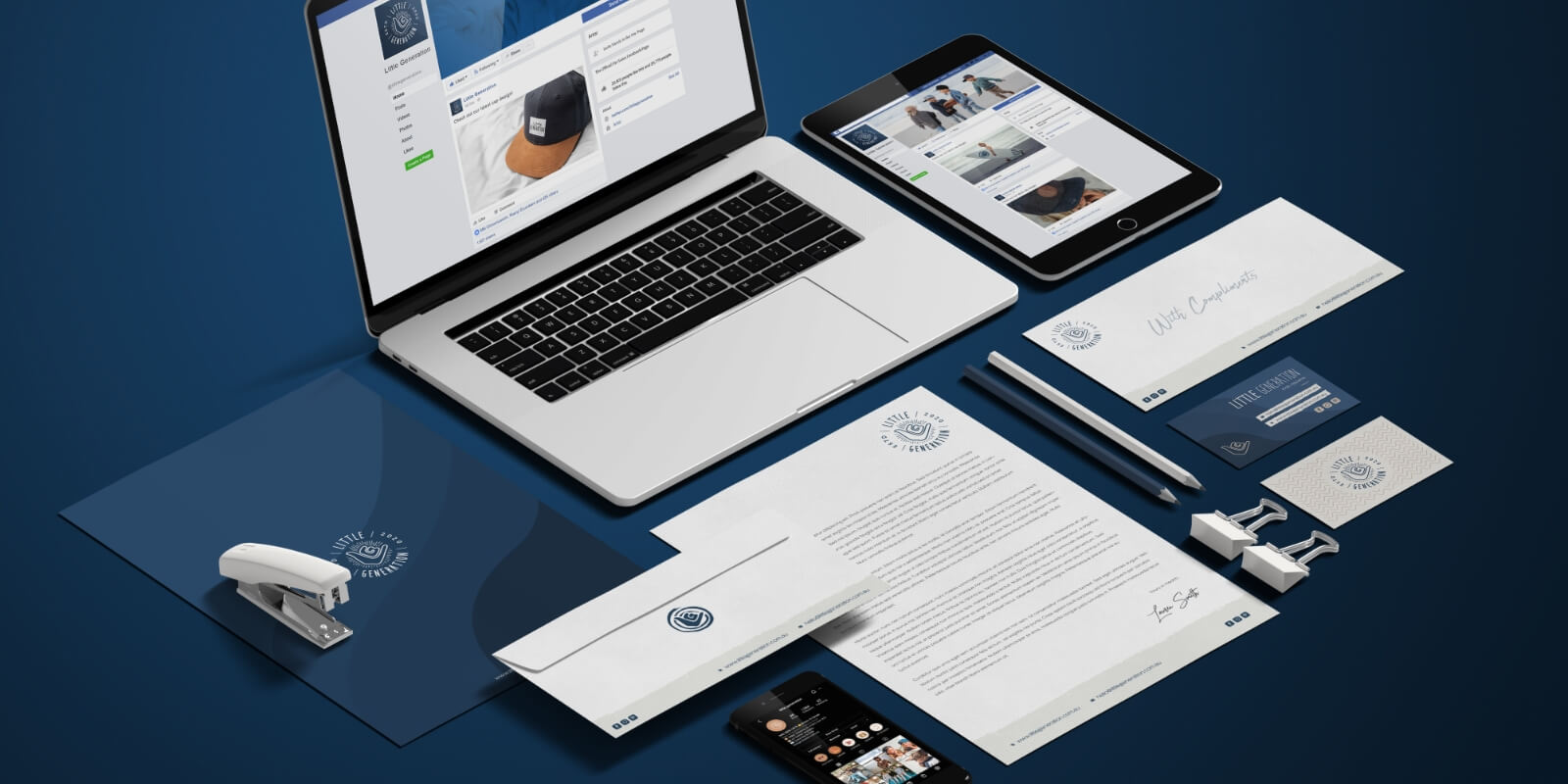
Everyone in the world is unique.
The same is true of brands. Every brand has a unique brand identity that is defined by different elements.
Most people use the terms brand, brand identity and branding interchangeably. Although these terms are closely related, they have different meanings.
Brand: this is how people perceive your company.
Branding: these are the actions you take to build a certain image of your company.
Brand identity: collective elements that a company creates to portray a certain image.
Brand identity is how a business presents itself to the public. It is the way it distinguishes itself in the consumer’s mind.
Example: Let’s say you’re a high school student and you want to be one of the cool kids. You realise that you need new trendy clothes, fashionable shoes and accessories. You’re using these visual elements to create your personal brand identity.
In business, brand identity includes visible elements such as:
Large corporations usually have entire departments dedicated to building brand identity. These departments also maintain brand identity and evolve when necessary.
Small businesses don’t have the same resources, but they can also build a strong brand identity.
Whether you intentionally create a brand identity or ignore it, you will still be presenting a certain image to your audience.
By leaving it to chance, you lose the opportunity to shape your brand image.
Here are a few reasons why brand identity is important:
It is the “face” of your company: Elements such as the brand logo immediately tell the public who you are as a company.
It creates credibility and trust: A brand identity makes your brand more memorable. This gives you a competitive edge in the marketplace.
It promotes advertising: It provides a framework for all advertising and marketing materials.
It generates new customers: Brand identity is key in attracting loyal customers. When people identify with what your brand stands for, they're more likely to become loyal to the brand.
Developing a brand identity is crucial in marketing your business.
The more consistent and cohesive your brand identity is, the easier it will be for people to understand and connect with.
To create your business brand image, you first need to determine the message you want to send.
To do so effectively, you need a keen understanding of who you are as a brand.
To determine who you are, here are some elements to consider:
If you’re still feeling confused about your brand identity, don’t worry. This can be resolved by answering the following questions:
To create an effective brand identity, one of the first steps is to conduct market research.
The purpose of market research for branding is to:
A SWOT analysis is a simple but powerful tool for developing a brand strategy and identity.
SWOT analysis is a technique used to determine Strengths, Weaknesses, Opportunities and Threats.
Strengths: The positive characteristics that give your business an advantage over competitors. Strengths include having the latest equipment or a skilled and experienced team.
Weaknesses: Negative characteristics that put your business at a disadvantage. You will have to work on the weaknesses to maximise your business success. Weaknesses include lack of updated equipment or gaps in the team.
Opportunities: External factors that are likely to contribute to your business success. Opportunities might include preferable trends or favourable regulations.
Threats: External factors that pose a threat to your business success. For example, changing consumer preferences might negatively affect your business.
Brand design is the process of creating symbolic elements that make up the brand identity.
Brand design is one of the initial practices in the branding process. This process ensures that the design components are cohesive to ensure branding success.
Here are the design components to consider:
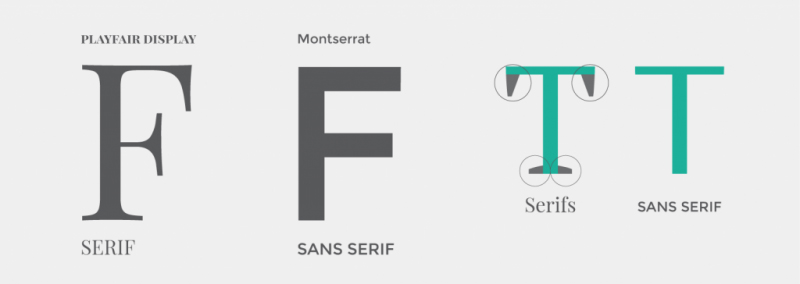
Typography is the font you choose for your branding materials. When selecting your brand’s typography, think about style, legibility and readability.
The typography you choose should create a unique expression. The right choice of typography is a simple yet powerful way to create a brand identity.
Because of its visibility, it's important to consider the typography on your logo.
There are four main types of typography:
Serif fonts: The letters have anchors (what seem like little feet). Serif fonts give your brand a sense of strength and trustworthiness. Serif fonts include Times New Roman and Garamond.
Sans serif: The word “sans” means “without”. In this case, sans serif refers to fonts where the letters don’t have anchors. Sans serif fonts give your brand a modern, sleek appeal. San serif fonts include Helvetica and Franklin Gothic.
Script typography: This is the kind of font that emulates cursive handwriting. Script typography has a luxurious and feminine feel. Popular script fonts include Allura and Pacifico.
Display typeface: These are fonts that are meant for use at larger sizes. Display fonts are ideal for headings and billboards rather than extended passages of text. Display fonts have specialised elements such as unusual letter shapes, outlines, or shadowing. They are very artistic and are effective in making bold statements.
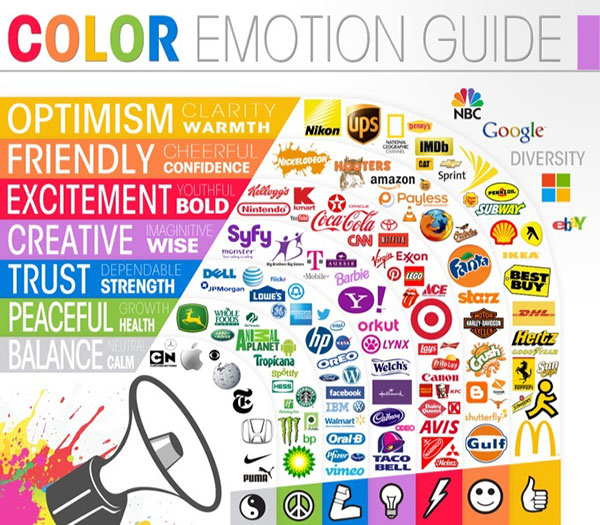
Think about the colours that best represent your brand.
Colours have psychological ties that provoke certain emotions and associations in your audience.
Consumers make a subconscious judgement about a product within 90 seconds of viewing. Between 62% and 90% of that assessment is based on colour alone.
The most iconic brands use colour for effective branding. Some even trademark their defining shades. Brands with trademarked shades include Cadbury, Barbie and UPS.
Research the visual language of different colours. This will help you select the right hues for your brand image.
Shape and form are subtle elements which impact the feel of your brand image.
For instance, brands that use round and oval shapes are associated with warmth. They create a sense of community, unity and love. Round shapes are also associated with femininity.
Straight-edged shapes are linked to strength and efficiency. Vertical lines suggest masculinity and stability, while horizontal lines have a tranquil vibe.
Ensure that you balance strong forms with bold colours to connect with your audience.
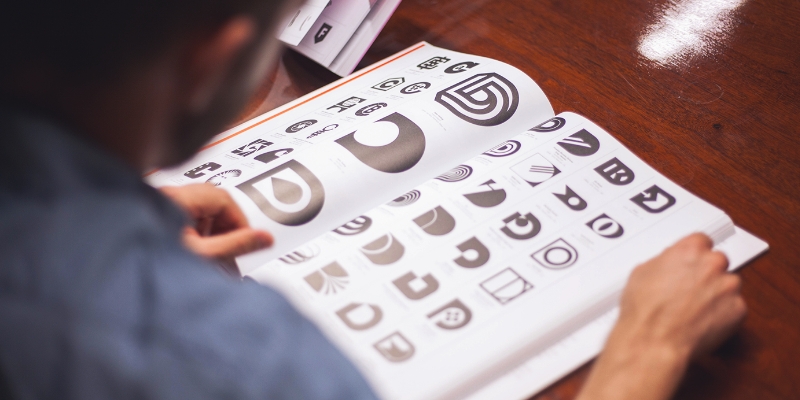
A logo is a small but vital part of your brand identity. A logo is the most recognisable part of a brand.
You will use your business logo to brand everything associated with your brand. This includes your website, packaging, employee uniforms and business cards.
Because of the crucial role a logo plays, make sure that yours meets these key criteria:
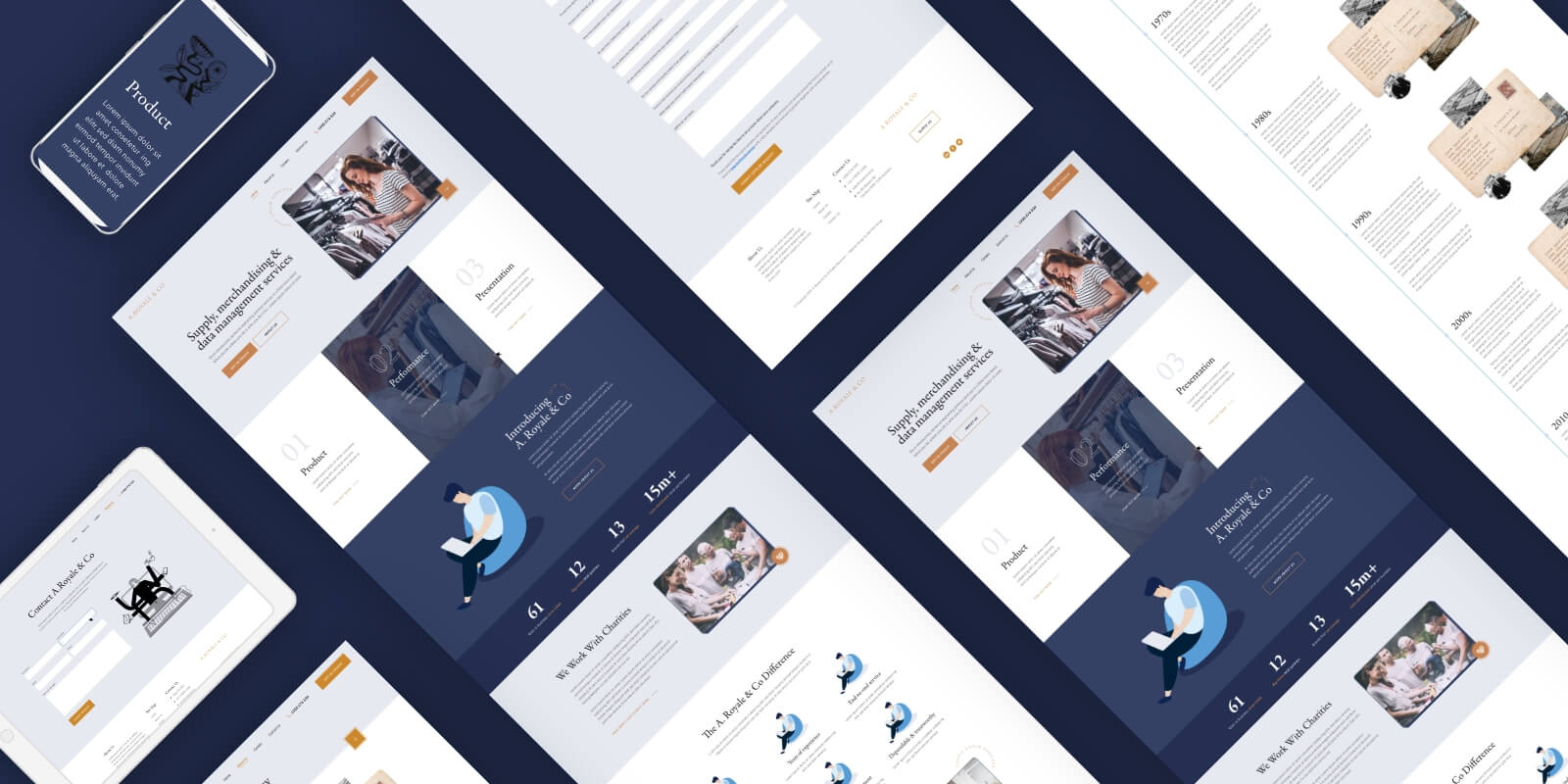
In today’s digital world, your website is one of the most essential aspects of your brand image.
Your website design offers plenty of branding opportunities. This is especially true if you’re running an online business or selling a digital product.
Your customers will constantly interact with your website. This is why your brand identity should come through in full force on the website.
For this reason, invest in top-quality web design and development.
A well-designeíd website has visual components that help the audience remember your brand.
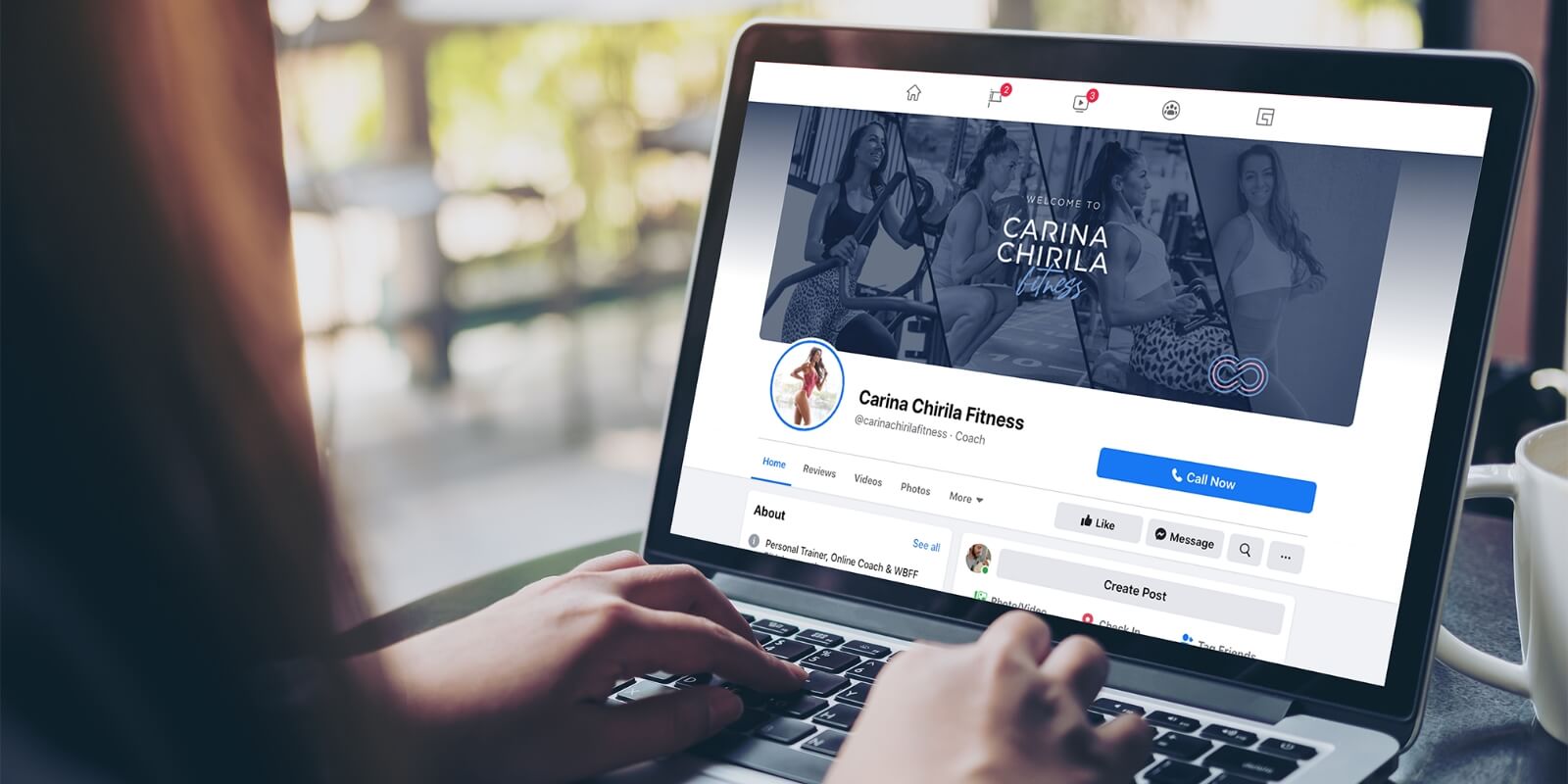
Social platforms are a great way to build brand identity.
There are a plethora of platforms on the internet you can use to establish your brand identity. There’s Facebook, Twitter, Instagram, Snapchat, YouTube, TikTok, Pinterest and LinkedIn among others.
These platforms offer an opportunity for two-way communication with your customers.
In today’s world, more and more consumers are turning to social media platforms when they need a product or service.
The content you share on these platforms must be consistent with your brand identity.
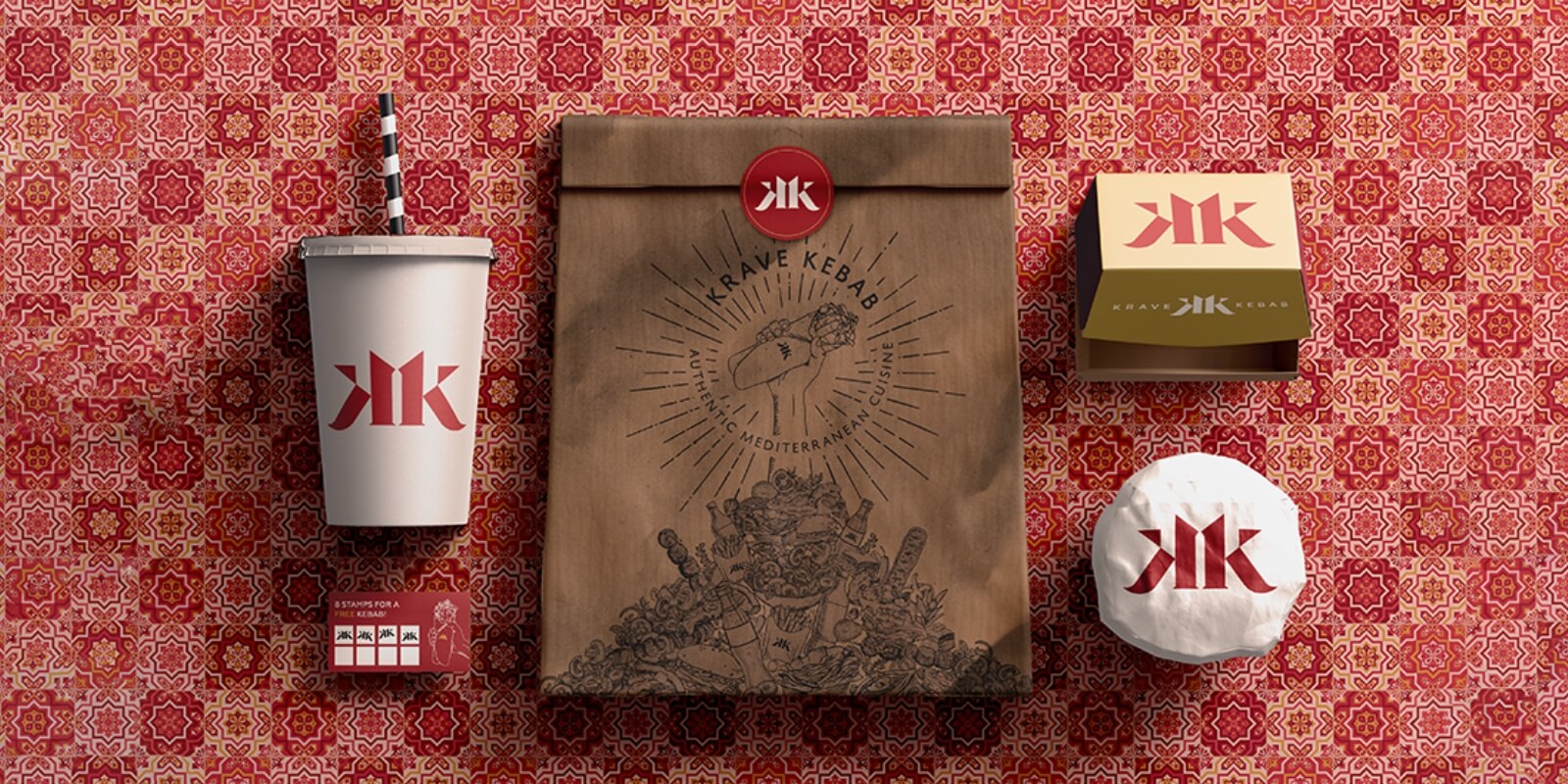
If you’re selling a physical product, the packaging is a key element in your branding design.
Product packaging design includes elements such as:
Even though you need your product packaging to be as eye-catching as possible, don’t over-design it.
Simple and clear concepts tend to have the most success in the marketplace.
Business cards are an often overlooked aspect of designing a brand identity.
When you give clients and customers your business card, it should reinforce your brand identity.
A simple design with your logo on one side and details on the other is usually effective.
There are many DIY services online for designing business cards. But most of them produce cards that look cheap and unprofessional.
It is advisable to pay for professional business cards as part of your branding.
Did you know that there are 1.111 billion consumer emails sent and received each day?
In branding, this means that email offers a great opportunity to promote your brand identity.
Every time employees send emails, you want it to project a positive image of your brand.
It's a good idea to have email templates that include branding elements.
Your business emails should include these elements:
To ensure that your brand design assets are used in the right way, it’s advisable to design a brand style guide.
A brand style guide is a document that outlines your design assets and how to use them. This ensures that all your marketing materials are cohesive and consistent.
Your brand should send a consistent message and image across all platforms. Whether on Facebook, TV adverts, or your employees’ branded uniform, the message should be consistent.
Without a style guide, you run the risk of having consistency issues that confuse your audience. Inconsistencies in your branding make the brand untrustworthy and unprofessional.
In designing your brand identity, there are some common mistakes that you should avoid. Here are some of them:
Mixed messages: Have a clear understanding of the message you want to send. This will help you in choosing the right colours and images.
Copying competitors: Your competitors might have found the magic formula for branding. But that doesn’t mean you should copy them. Your brand identity is meant to help you stand out, not blend in with the competition. Take what works into account and create a unique brand identity.
Inconsistency between online and offline: Although print and online marketing materials have a different feel, they should still have the same brand identity. Make sure that your logo, colours, type, theme and message are consistent.
Like any other aspect of marketing, it is important to track the key performance metrics to determine what works and what doesn’t.
You can use tools such as Google Analytics, social media discussions and market surveys to track branding efforts.
Implement the necessary changes with time to improve your brand identity.
Remember, a memorable brand identity isn’t built in a day. It takes a lot of hard work, creativity and time to have a unique, memorable brand identity.
A strong and positive brand identity ultimately translates into more business revenue.
This is why it makes sense to hire professionals to craft your brand identity.
Red Kite Design is skilled and experienced in creating brand identities that are designed to make your business shine.
A design studio based in Brisbane, Australia, Red Kite Design specialises in logo and identity design. Our team will ensure that your brand will stand out against the competition.
Don’t wait, get started with a free quote today.

Article by:
Chris brings over a decade of industry experience to Red Kite working at design agencies in both the UK and Australia. Over the years he has accumulated a wealth of graphic design, strategic identity design and marketing experience. Chris is a hugely passionate identity designer endeavouring to offer the highest quality branding and logo design Brisbane and Australia wide. Chat to Chris about your branding.
We would love to hear more about your design project and how we could help bring your vision to life. Simply hit the button below to get started with a free quotation.
GET A FREE QUOTE